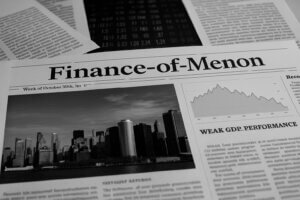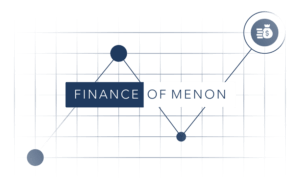New data from S&P Global’s flash US composite PMI for September reveals that while the US economy continues to grow, challenges are emerging. The composite PMI, which tracks both services and manufacturing activity, stood at 54.4, down slightly from 54.6 in August. While a dip to 54.3 was expected, any reading above 50 signals expansion. The services sector remains robust, with a PMI of 55.4, though down from August’s 55.7. In contrast, manufacturing saw a sharp decline, falling to 47, the lowest in 15 months, signaling contraction.
Chris Williamson, Chief Business Economist at S&P Global Market Intelligence, indicated that this data points to a 2.2% annualized GDP growth rate for Q3, aligning with predictions from Goldman Sachs (3%) and the Atlanta Fed (2.9%).
Despite strong growth, concerns are rising. Manufacturing weakness persists, and inflationary pressures are re-emerging, with prices rising at their fastest rate in six months. Williamson also cautioned that inflation may limit the Federal Reserve’s ability to fully pivot its focus toward supporting growth. Additionally, political uncertainty surrounding the upcoming presidential election is impacting business sentiment, with optimism for future output at its lowest since October 2022.
Key Takeaways
- The US economy is expected to grow at an annualized rate of 2.2% to 3% in Q3, driven primarily by strong services sector activity.
- Manufacturing continues to struggle, with activity at a 15-month low and prices rising, adding to inflation concerns.
- Political uncertainty is dampening business optimism and slowing investment.
- The Federal Reserve may face challenges balancing inflation control with supporting economic growth.
Disclaimer: Nothing here should be considered an investment advice. All investment carry risks, including possible loss of principal and fluctuation in value. Finomenon Investments LLC cannot guarantee future financial results.






